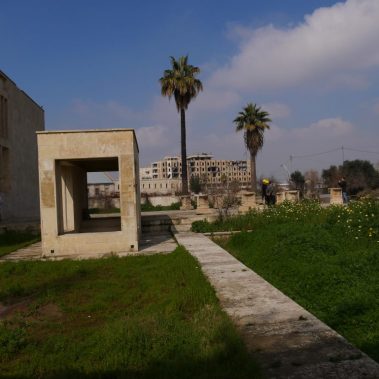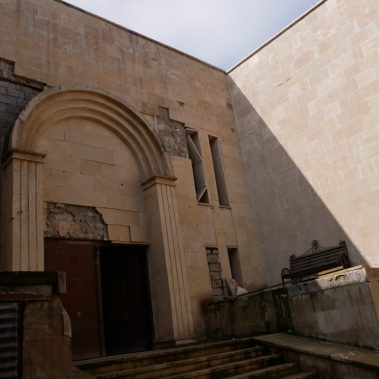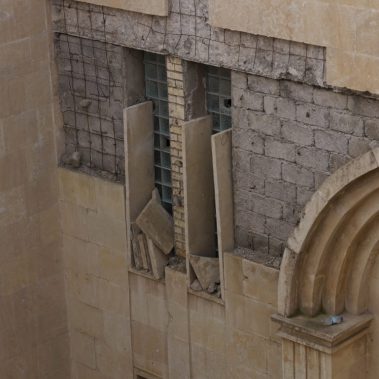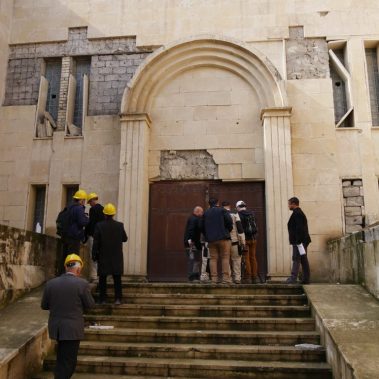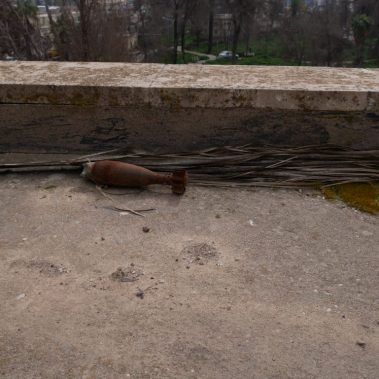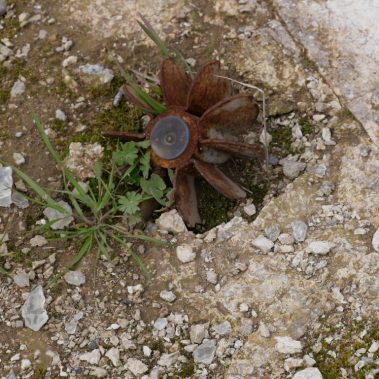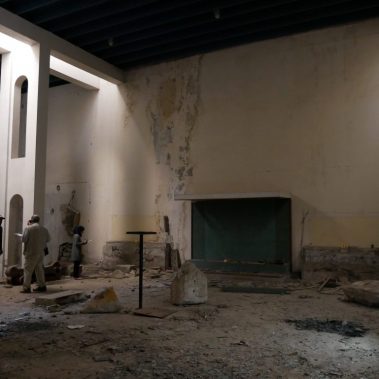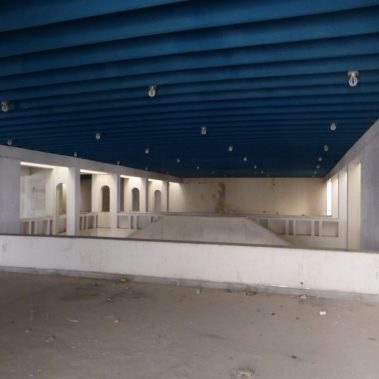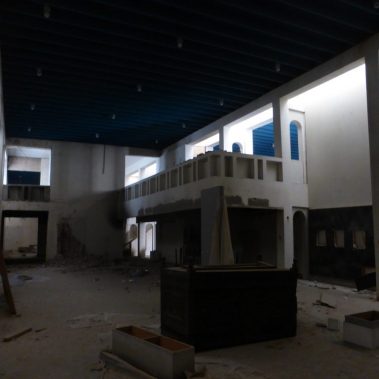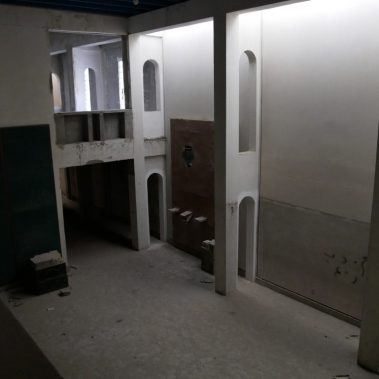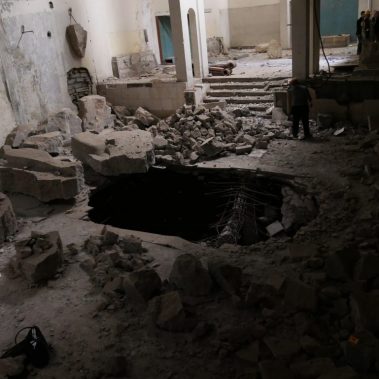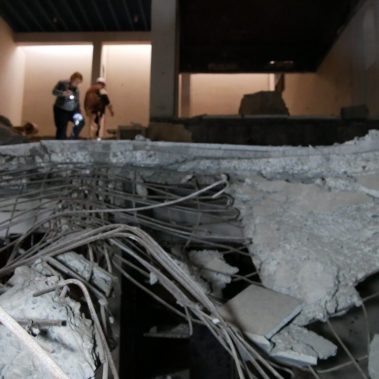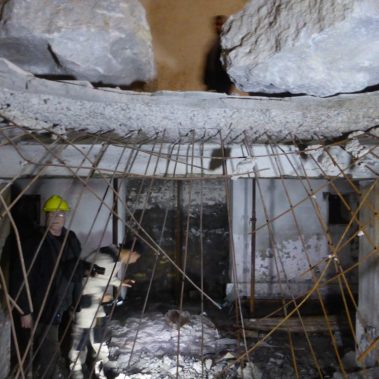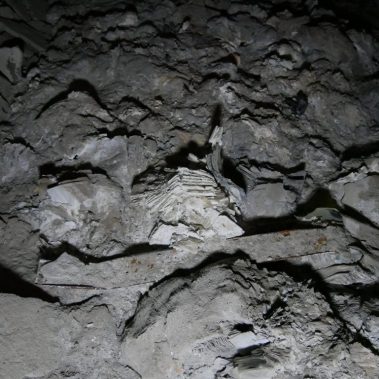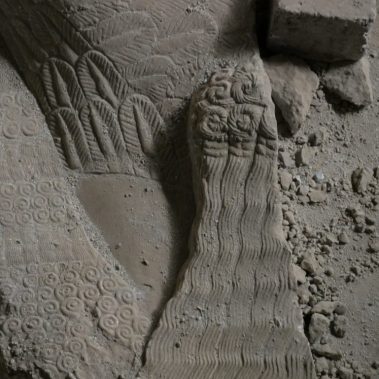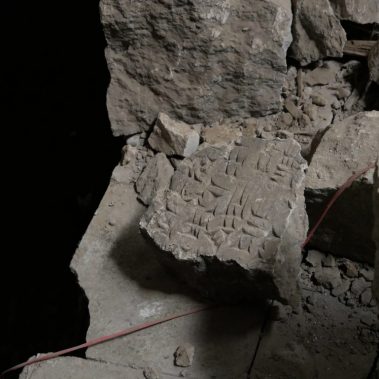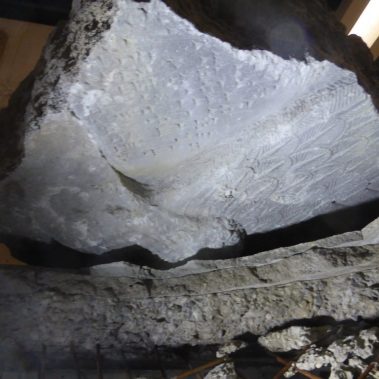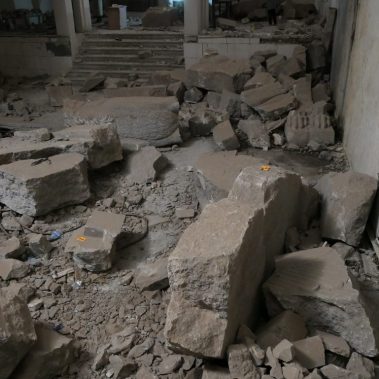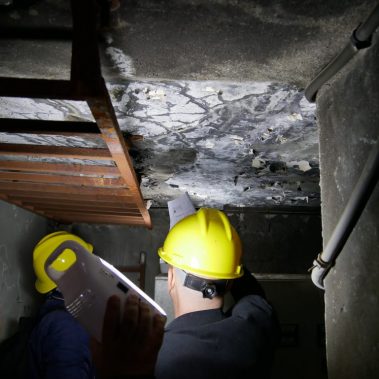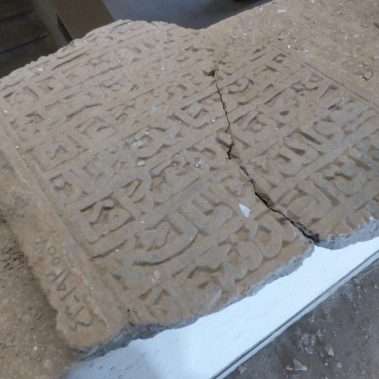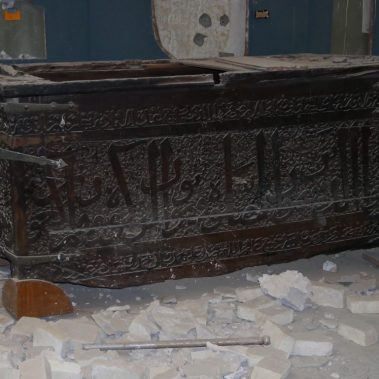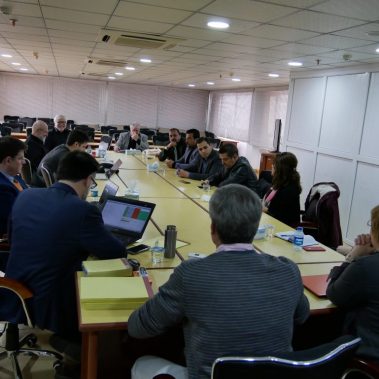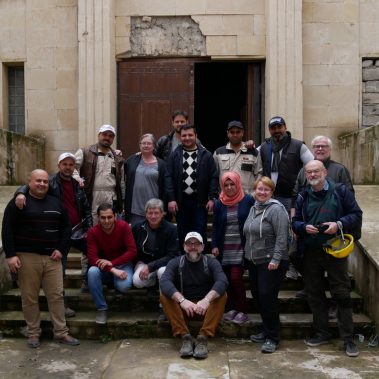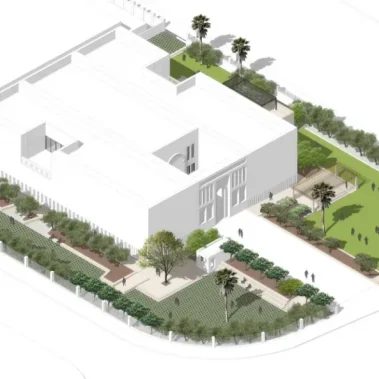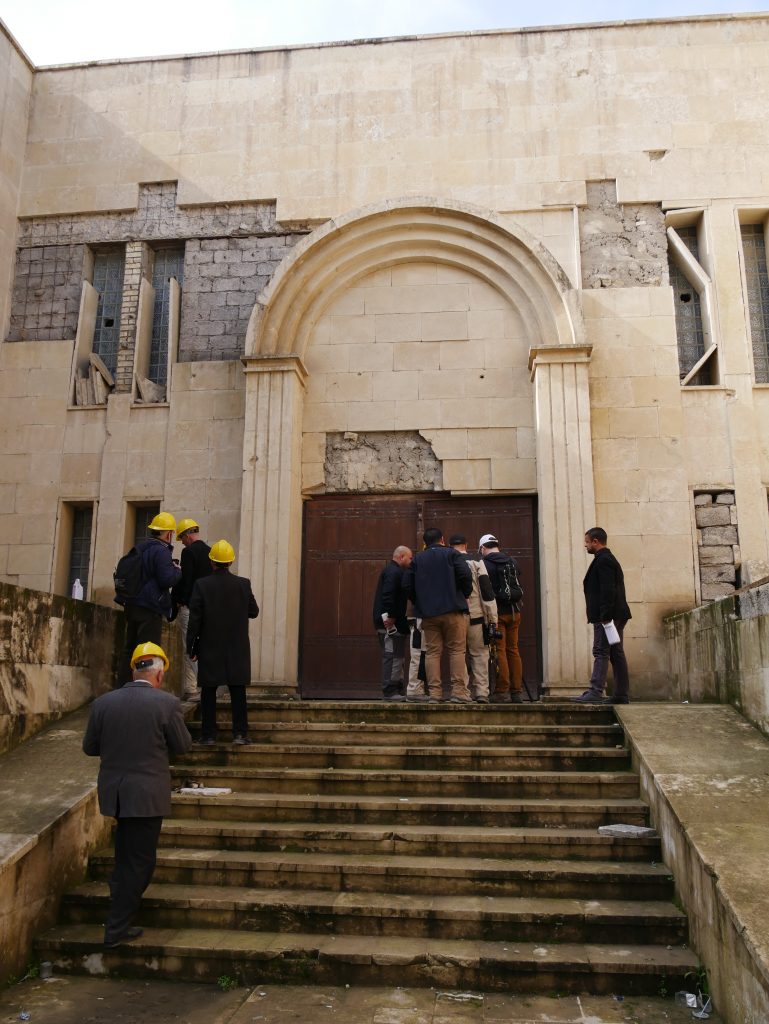
Address:
Mosul, Iraq
Client:
Smithsonian Institution, Washington, USA
Description of works:
Research and structural analyses
Realization:
2019
The Mosul Museum was known by its diverse collection of prehistoric and neo-Assyrian objects from the Nineveh, artifacts from Hatra and collection of an Islamic art, documenting multicultural and multireligious history of the city and its region. But in 2015 ISIS extremists severely damaged the Mosul Museum building, its collections and its library, books were lit on fire.
The “Mosul Museum Rehabilitation” project aims to reopen the museum, which is expected to be completed in 2026. The project, which began in 2018, was carried out in close cooperation with the responsible Iraqi institutions: State Board for Antiquities and Heritage (SBAH), the Ministry of Culture, Ministry of Tourism and Monuments, and the experts of the Mosul Museum. The main implementers of this project are the Musée du Louvre and the Smithsonian Institution, coordinated and financed by the World Monument Fund and the ALIPH Foundation. GEMA ART was invited to participate in the first phase of this project due to its many years of experience in implementing projects to save Iraqi cultural heritage. The working base of the expert team was the Iraqi Institute for the Conservation of Antiquities and Monuments in Erbil. The on-site survey was carried out in Mosul in two trips, under extraordinary security measures, in February 2019. GEMA ART carried out a structural survey of the building and prepared a proposal for securing the building structures damaged by explosives and extensive fire. The processed documentation of the condition of the object and the proposed measures became part of the assessment of the extent of damage to the Mosul Museum building and its collections, and the basis for determining the optimal course of rescue and documentation work.
For more information about this project see following websites: Smithsonian Institution, ALIPH and World Monument Fund. For short WMF video see Youtube.
Mosul Museum virutal visit.














